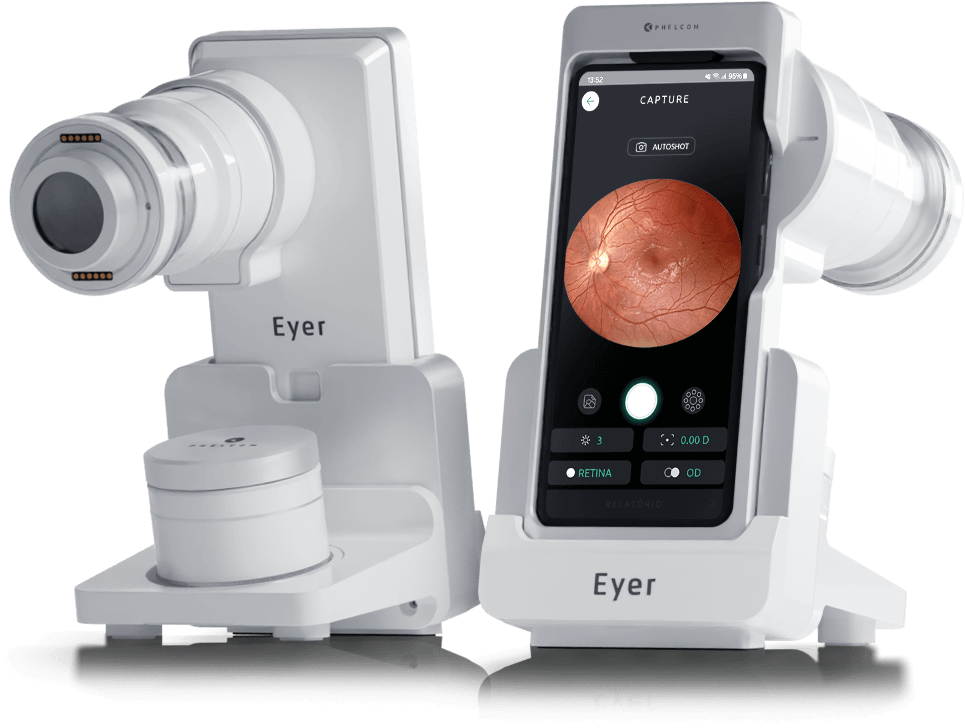Managing medical clinics can, indeed, be a real challenge for doctors. Office management involves various simultaneous responsibilities, such as organizing data, financial control, personnel administration, marketing and patient experience, inter alia.
So, many assignments may incur in procedure failures, which can cause diverse losses. One of them is spending more than necessary. In fact, clinics may spend more money from not knowing nor measuring resources involved in all areas through assertive cost and investment plans.
That may also prevent healthy, responsible and profitable business growth. For this reason, we have selected 6 practical tips to reduce costs in the office. Check them out!
1. Organize and analyze billing and expenses
Undoubtedly, good financial management is one of the main requisites to avoid losses and decrease clinic costs. This requires developing an assertive planning with incomes and expenses.
In this sense, it is important to recognize and measure resources involved in all areas of the clinic. Therefore, you will have available values in hands to decide what direction to take and how to apply each one of them efficiently.
For example, checking all cash outflows allows identifying which processes spend a greater amount of financial resources.
Some tips to help you on this goal follow below:
- Have a proper control of your cash flow;
- Do not mix up personal and clinic accounts;
- Automate internal processes;
- Have a sound financial planning;
- Follow expenses and incomes;
- Use a good medical clinic management system.
Those are many data – and free time available is not a strength in the medical area. Therefore a medical software is essential to organize all them.
You can also use 8 indicators that will help evaluate results and define new strategies to check financial progress.
2. Automate processes and access data
Photo: Freepik
Nowadays, medical softwares help automating all the clinic internal processes. Their main functionalities include medical record storage, online calendar, control of inventory inputs and outputs, as well as financial, administrative and human resource – as doctors and employees – information.
For example, a consultation schedule through an online calendar is instantly shared in the system, as all the information that follow: doctor, payment method or healthcare plan, examinations, etc. This reduces the time a team dedicates to such tasks and increases productivity, focused in more complex activities. That is, increased operational efficiency.
It improves and speeds up financial management by providing concrete data that allow a wider view on the business. Having efficient indicators at hand – such as appointment/miss/cancellation rate, average ticket, new patient search, user retention and billing – allow an in-depth analysis of your business.
Thus, you can see exactly how to reduce office costs assertively. On the other hand, a medical software only for online calendar, without data access, may not pay off.
In this case, it is more economical to stick with the good old paper agenda.
3. Decrease patients that miss scheduled appointments
Undoubtedly, patients who miss the consultation – without prior notice or cancellation – are one of the most frequent difficulties in medical offices and clinics. This fact clearly impacts clinic incomes, disrupts the routine and wastes time.
Therefore, it is essential to adopt strategies to decrease absence and urgent cancellations rates. Learn 8 steps to reduce clinic costs with lacking patients:
- Offer online scheduling;
- Confirm the scheduled consultations through electronic tools;
- Clearly provide address and communication channels;
- Confirm with considerable advance;
- Ensure a well managed calendar;
- Ask for a previous payment of a percentage of the consultation;
- Manage the patient journey;
- Do not be late for the consultation.
How to put all this into practice? We made a step-by-step guide in this article.
4. Reduce use of office supplies
By opting for technological systems, daily use of paper in the office reduces significantly. For example, diaries and medical records become electronic. You also save money because you do not need do rent or buy printers, ink, maintenance and team workforce to fill out the papers.
More than reducing office costs and helping the environment, information also become centralized, which is important to have a 360º-view of your business.
5. Negotiate with suppliers.
By knowing the exact amount of supplies and materials at the exact time the office needs, you can negotiate more attractive values and prices with suppliers. Your purchases will be predictable and also an advantage to your partners.
6. Inventory control
Photo: Freepik
It is undoubtedly essential to control stock inputs and outputs, know which supplies are most used and which are the periods when each item is used the most. This reduces office costs.
The first step is to standardize processes. Register each material with a code and detailed description. When the product flows out, it is essential write them off.
Also keep an eye on products expiration dates and their proper storage not to lose any item.
Another tip: make an inventory. This will allow you to know all the stored products and their usage profile from inputs and outputs. In addition, it helps calculating stock costs with maintenance, losses and waste of materials.
To make a good stock control, you can chose for management systems and softwares. The entire catalog is safely stored in the cloud, easily accessible. You can track financial flow and costs with periodic reports and spreadsheets. Thus, such data-based management turns decisions more assertive.
For example, some tools allow you to view inputs by vendor and outputs by procedure types. By this, you know which materials are more used and are able to negotiate better values and payment methods for your business.
Undoubtedly, medical management systems help reduce costs in the office by automating processes, increasing productivity, centralizing data, and providing complete, intuitive and easily accessible reports for more assertive decision-making.
Reviewed by Paulo Schor, ophthalmologist, associate professor and director of innovation of the Federal University of São Paulo (Unifesp) and collaborator of the Faculty of Medicine of the Albert Einstein Hospital.
Follow Phelcom blog and see tips on how to improve the management of medical offices and clinics.
Subscribe






